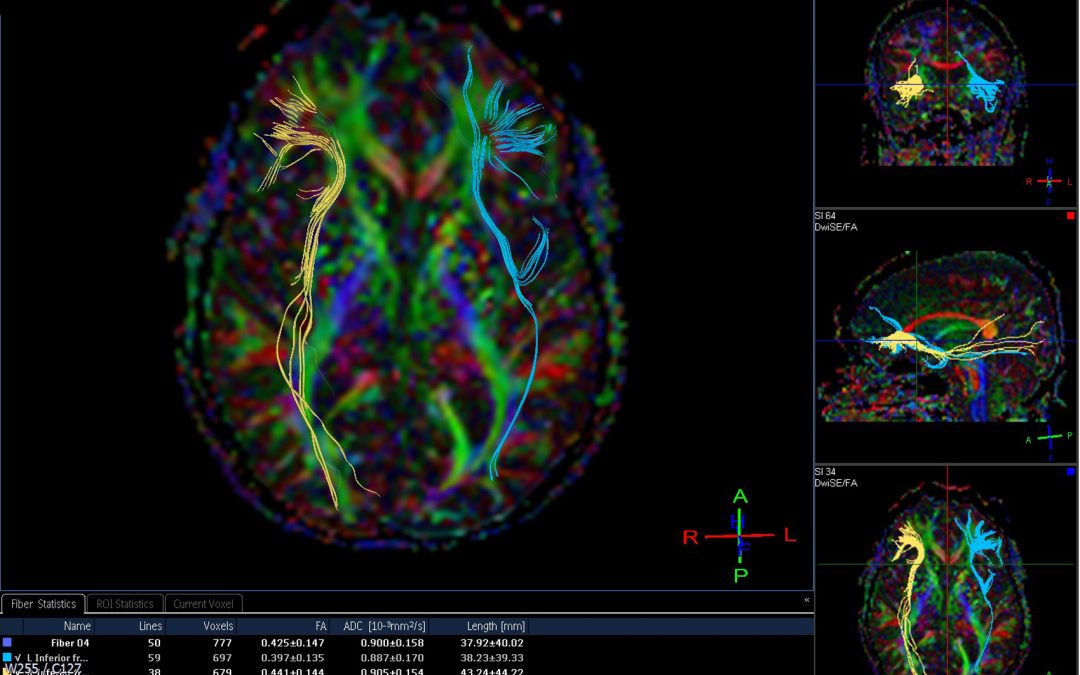Why are top scientists increasingly interested in researching human consciousness? Because the quest to solve the puzzle of human consciousness – the very essence of our being – is one of the great problems of modern science. For 2000 years, the questions surrounding human consciousness – how the everyday inner workings of our brains give rise to a single cohesive ‘reality’ and a sense of an individual ‘self’ – have been the province of philosophers from Plato to Descartes to Spinoza.
Descartes is remembered for his dualist theory of consciousness in which the physical body is separate from the immaterial mind (or soul), and in large part because of his famous ‘sound-bite’ about human consciousness,” I think, therefore I am.”
However, modern brain imaging seems to indicate that it is Spinoza’s concept of an integrated mind-body that is closer to reality. And psychologist William James’ great work on consciousness in the late 1800s is slowly regaining the pivotal position it deserves in understanding and interpreting human behavior.
Scientists have studied the evolution, the mechanisms and the function of the brain, but have difficulty teasing apart the complex processes that give rise to human consciousness in part because of the difficulty in measuring individual subjective experience.
Nobel-award winning researcher Dr. Francis Crick, who devoted the last 15 years of his life to the study of consciousness, wrote the following in his foreword to Christof Koch’s The Quest for Consciousness: A Neurobiological Approach:
“Solving the problem of consciousness will need the labors of many scientists, of many kinds, though it is always possible that there will be a few crucial insights and observations. … A few years ago one could not use the word ‘consciousness’ in a paper, for, say, Nature or Science, nor in a grant application. But thankfully, times are changing, and the subject is now ripe for intensive exploration.”
In fact, technological advances in brain imaging have given scientists a new range of tools to more accurately observe and measure the apparent causes and manifestations of consciousness. fMRI (functional Magnetic Resonance Imaging) produces vivid images of the areas of the brain that respond to a variety of stimuli. Instead of trying to measure a purely subjective response, such as “that made me feel good,” scientists can also see what part of the subject’s brain is responding, for how long, and to what degree.
Many scientists believe that we are beginning to learn how a subjective, personal experience can be observed objectively. For the scientist, this makes all the difference between valid research and speculation.
In addition to major scientific publications, such as Science and Nature, the scientific journal Consciousness and Cognition reports scientific research relative to the study of consciousness and cognitive processes. Trends in Cognitive Sciences also often features research bearing on the question of consciousness. And the Journal of Consciousness Studies contains a wide variety of reflections by academic scholars and researchers in anatomy, computation, physiology, psychology, artificial intelligence, religion, philosophy and more.

